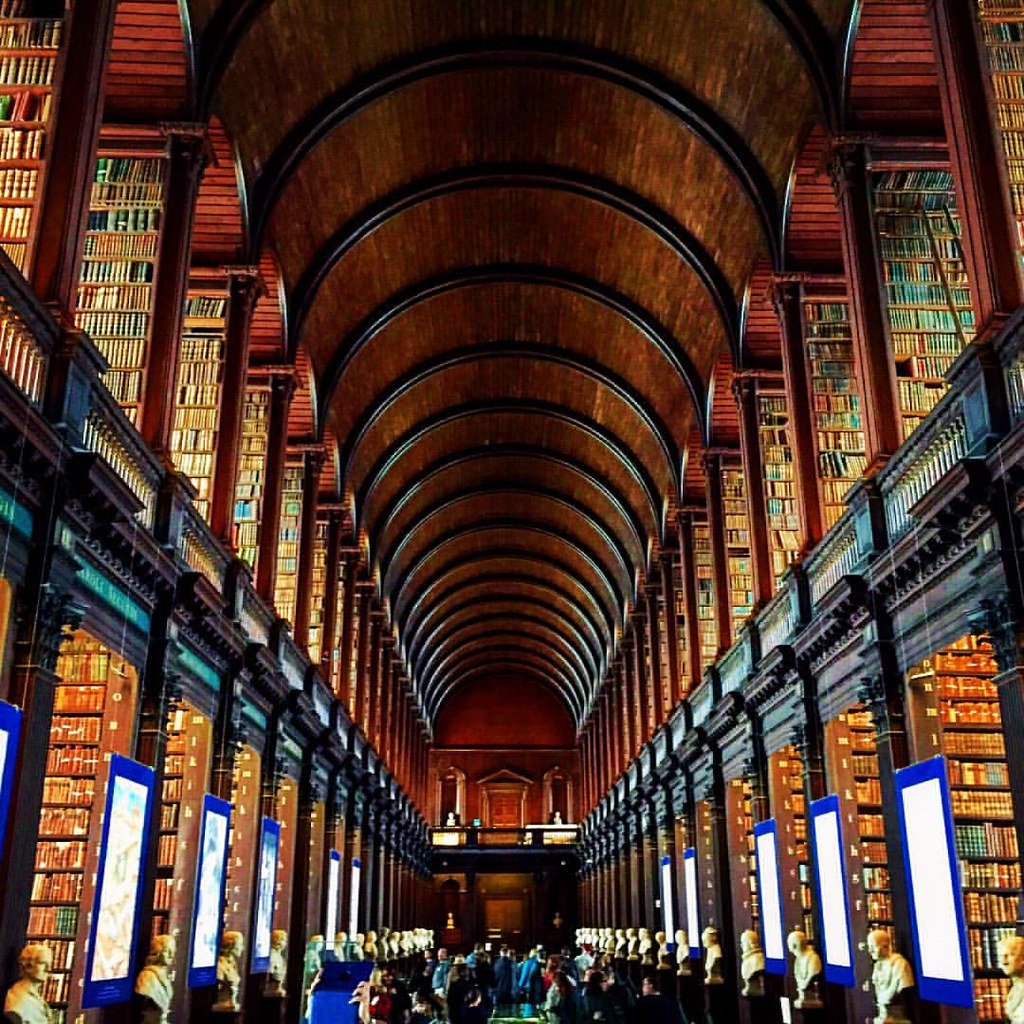Hong Kong

Here is a quick overview of the history of Hong Kong:
• Hong Kong island was first inhabited around 3000 years ago. It was a small fishing village inhabited by the Li people.
• In the early 1800s, Hong Kong island was ceded to the British Empire after the Opium Wars with China. It became a British colony in 1843.
• In the late 1800s and early 1900s, Hong Kong grew into a major port and financial hub under British rule. It attracted many Chinese immigrants and became a very cosmopolitan city.
• During World War II, Hong Kong was occupied by Japan from 1941 to 1945. After the war, it returned to British rule.
• In the 1950s-1960s, Hong Kong experienced rapid economic growth and industrialization. It became a major manufacturing and export hub.
• In 1984, Britain and China agreed that Hong Kong would be returned to China in 1997. This led to some economic and political uncertainties in the late 1980s and 1990s.
• Hong Kong was returned to China in 1997 and became a special administrative region of China. It maintains a high degree of autonomy under the “one country, two systems” framework.
• In the 2000s and 2010s, Hong Kong’s economy transitioned from manufacturing to a service-based economy. It remains a major global financial hub and gateway for trade and investments between China and the West.
• Hong Kong society has also become more politically polarized in recent years, especially after the 2014 Umbrella Movement and the 2019 anti-extradition bill protests.
• Hong Kong’s culture is a unique mix of Chinese and Western influences, with Cantonese as the dominant language. It is a very cosmopolitan and international city.
Here are the top tourist attractions to visit in Hong Kong:
1. Victoria Peak Tram – Offers stunning views of Hong Kong’s skyline. Website: www.victoriapeak.com
2. Victoria Harbour – Iconic harbour surrounded by skyscrapers and landmarks. Best viewed at night.
3. Hong Kong Disneyland – Magical Disney theme park located on Lantau Island. Website: www.hongkongdisneyland.com
4. Man Mo Temple – One of Hong Kong’s oldest Buddhist temples, dedicated to the gods of literature and of war. Website: www.sath.org.hk/man-mo-temple/
5. Ngong Ping 360 – Cable car ride up to Po Lin Monastery and Giant Tsing Ma Bridge. Great views of South China Sea. Website: www.np360.com.hk
6. Hong Kong Museum of History – Learn about the history, culture and natural heritage of Hong Kong. Website: www.lcsd.gov.hk/en/museum/history.html
7. Ocean Park Hong Kong – Marine–themed amusement park and marine conservation park. Website: www.oceanpark.com.hk
8. Tsim Sha Tsui – Popular tourist district with shopping, dining, hotels and attractions like the Clock Tower and Hong Kong Museum of Art.
9. Hong Kong Skyline – Iconic skyline viewable from Victoria Peak, Victoria Harbour, and Lamma Island.
10. Temple Street Night Market – Lively night market selling clothes, souvenirs, and local street food. Website: www.templestreetnightmarket.com
WeChat is a widely used payment app throughout China.
The currency used in Hong Kong is the Hong Kong dollar (HKD). Some additional details:
• The Hong Kong dollar is issued by the government of Hong Kong. It is pegged to the US dollar at a rate of about 7.8 HKD to 1 USD.
• Coins come in denominations of 1, 2, 5, 10, 20 cents and $1, $2, $5. Banknotes come in denominations of $10, $20, $50, $100, $500 and $1000.
• The Hong Kong dollar is the third most traded currency in the world after the US dollar and the Euro. It is a very liquid and stable currency.
• Here are some useful links with more information:
• Hong Kong Monetary Authority: www.hkma.gov.hk/eng/key–functions/international-finance/currency-issue/hk–currency.shtml
• Oanda Currency Converter – Live exchange rates to convert HKD to other currencies: www.oanda.com/currency/converter/
• XE Currency Charts – View historical exchange rates, charts and tables for HKD: www.xe.com/currencycharts/?from=HKD&to=USD
Hong Kong has a subtropical climate with hot weather throughout the year. Some key facts:
• Hong Kong has a humid subtropical climate, with hot weather for most of the year. Summers are long, hot and humid, while winters are short and mild.
• Hong Kong’s proximity to the ocean moderates its temperature and makes the climate more pleasant. Even in summer, the average high temperature is only around 88 F or 31 C.
• Hong Kong has a tropical monsoon climate with distinct seasonal winds. The monsoon winds bring more rainfall and humidity in summer, while winter is the driest season.
• Typhoons frequently affect Hong Kong, especially from August to October. While typhoons can cause damage, they also bring rainfall that helps replenish water supplies.
• Hong Kong averages around 63 inches or 1600 mm of rainfall per year, with the most rain falling in summer. Winters are relatively dry.
• Hong Kong‘s hilly terrain and coastal location result in variations in climate across different areas. Higher elevations tend to be cooler and drier. Coastal areas are more humid.
Here are some useful links with more details on Hong Kong’s climate:
• Hong Kong Observatory: https://www.hko.gov.hk/en/cis/climate_of_hong_kong.htm
• World Atlas: https://www.worldatlas.com/articles/the-climate-of-hong-kong.html
The major airports in Hong Kong are:
1. Hong Kong International Airport (HKIA) – This is the main airport in Hong Kong and is located on Lantau Island. Website: https://www.hongkongairport.com/
Helpful facts:
• It has a modern airport express train connecting it to Hong Kong’s urban center.
• It is one of the busiest airports in the world, handling over 72 million passengers annually.
• It is a major hub for Cathay Pacific, Hong Kong Airlines, Dragonair and other airlines.
• It has hotels, restaurants, shops, gyms and more within the terminal building.
Here are the main ways to use local transportation in Hong Kong:
1. Light Rail – Hong Kong‘s Light Rail system covers parts of the Kowloon peninsula and New Territories. It is a fast, frequent and comfortable mode of transport. You can find the Light Rail network map and timetables on the MTR website: www.mtr.com.hk/en/customer/lr.html.
2. Public Buses – Hong Kong has an extensive public bus network covering the whole territory. You can find bus routes and schedules on the website of Hong Kong’s Transport Department: www.td.gov.hk/en/public_services/public_bus/index.html. Buses are inexpensive but can be crowded during peak hours.
3. Trams – Hong Kong trams run on fixed tracks along certain routes, mainly on Hong Kong Island. The tram system is also operated by the Transport Department: www.td.gov.hk/en/public_services/tram/index.html. Trams are a cheap and scenic way to get around.
4. MTR (Mass Transit Railway) – Hong Kong’s MTR system is one of the busiest metro systems in the world. It includes heavy rail, light rail and suburban rail lines covering most parts of Hong Kong Island, Kowloon, Tseung Kwan O, Tsuen Wan, and Tsim Sha Tsui. The MTR website has route maps, timetables and fares: www.mtr.com.hk/en/customer/index.html.
5. Taxis – Taxis are readily available in Hong Kong but tend to be expensive, especially during peak hours and for long distances. You can hail taxis on the street or book them in advance through taxi companies or taxi apps like Taxi HK and Easy Taxi.
6. Ferries – A network of ferry services connects Hong Kong Island, Kowloon, Lantau Island and the Outlying Islands. The ferry routes and timetables are available on the website of the Hong Kong Ferry: www.hkf.com.hk/en/index.html. Ferries offer scenic sea views and transport to places not reached by other public transit.
Coming Soon!
Coming Soon!
Coming Soon!




